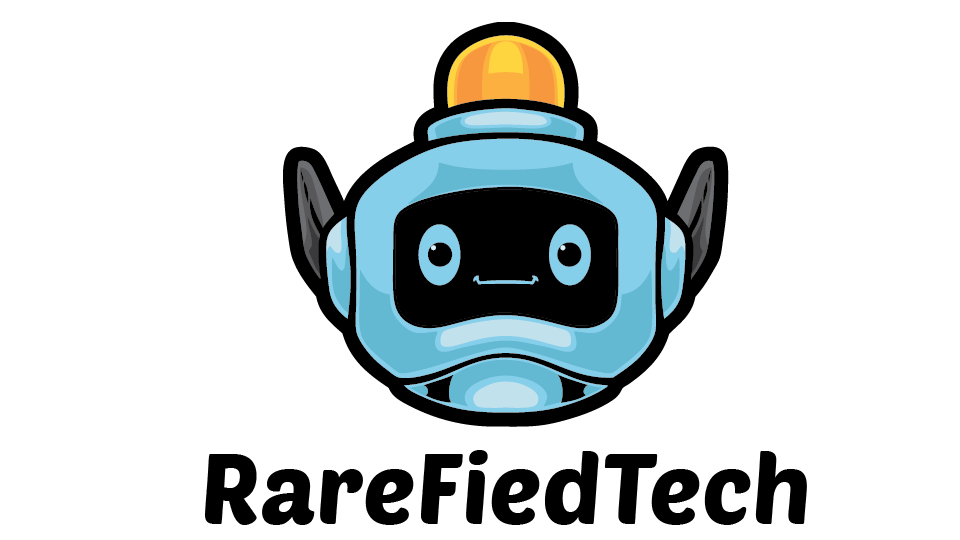User research is the cornerstone of successful product discovery, yet it is often underestimated in the software development industry. The project discovery phase is when foundational insights are gathered to shape the trajectory of product development. This phase is not just about understanding what users want, but also about uncovering hidden needs and behaviors that users themselves might not be aware of. Effective user research can significantly reduce the risk of product failure by ensuring that development efforts are aligned with actual user needs and market demands. In this article, we delve into unique and often overlooked techniques for conducting user research that can provide a competitive edge in the crowded software development landscape.
Understanding User Research
User research in the context of product discovery is the systematic investigation of user behaviors, needs, and motivations through various observational and feedback collection methods. Unlike traditional market research, which focuses on broad market trends, user research zeroes in on the specific experiences and expectations of potential users. The primary objectives are to identify pain points, validate concepts, and inform strategic decisions that guide the product’s development. Understanding user research means recognizing its dual role: it informs the design and functionality of the product while also shaping the overall user experience.
Preparatory Steps for Effective User Research
Before diving into user research, it is crucial to set the stage for success with thorough preparation.
- Setting Clear Research Goals: Define specific, measurable objectives that guide the research process. This clarity helps in focusing the research efforts and in later evaluating the outcomes.
- Identifying and Segmenting the Target Audience: Knowing who to study is as important as knowing what to study. Segmenting the target audience ensures that the research captures diverse perspectives and is relevant to the product’s intended users.
- Choosing the Right Research Methods: The choice of research methods should align with the research goals and the nature of the target audience. Whether it’s quantitative methods like surveys or qualitative ones like ethnographic studies, the right mix can provide comprehensive insights.
Conducting User Research: Techniques and Best Practices
Implementing user research effectively involves a blend of traditional and innovative techniques.
1. Surveys and Questionnaires: Design surveys that are concise yet comprehensive, ensuring they capture relevant quantitative data without overwhelming respondents.
2. Interviews and Focus Groups: Conduct interviews and focus groups that delve deeper into user experiences, uncovering insights that numbers alone cannot provide.

Use open-ended questions to foster detailed responses.
3. Usability Testing: Usability testing involves observing users as they interact with a product prototype. This helps identify usability issues early on, allowing for iterative improvements.
4. Field Studies and Ethnography: Observing users in their natural environment provides context-rich insights that are often missed in controlled settings. This method helps in understanding the real-world application and challenges of the product.
Analyzing and Interpreting Research Data
Once data is collected, the next step is to analyze and interpret it to extract actionable insights.
1. Quantitative Data Analysis: Use statistical tools and software to analyze survey results and other numerical data. Look for patterns and correlations that can inform product features and enhancements.
2. Qualitative Data Analysis: Qualitative data from interviews and focus groups can be analyzed through coding and thematic analysis. This helps in identifying recurring themes and sentiments.
3. Identifying Patterns and Insights: Synthesize the data to spot trends and key insights. This involves cross-referencing different data sets and looking for corroborative evidence that supports the findings.
Applying User Research Findings to Product Development
Translating research findings into actionable strategies is where the real value lies.
1. Creating User Personas: Develop detailed user personas based on the research data. These personas represent different user types and help in guiding design and development decisions.
2. Journey Mapping: Create user journey maps to visualize the user experience. This helps in identifying touchpoints and potential pain points throughout the user’s interaction with the product.
3. Prioritizing Features and Enhancements: Use research insights to prioritize features and enhancements.

This ensures that the most critical user needs are addressed first, enhancing the product’s relevance and usability.
| Research Method | Benefits | Drawbacks |
| Surveys | Collects large amounts of data quickly | May not capture nuanced user experiences |
| Interviews | Provides deep insights into user behavior | Time-consuming and resource-intensive |
| Usability Testing | Identifies specific usability issues | Requires a working prototype |
| Ethnography | Offers contextual understanding | Logistically complex and expensive |
Challenges and Solutions in User Research
Conducting user research is fraught with challenges, but these can be mitigated with the right strategies.
1. Common Challenges: Typical obstacles include recruitment difficulties, maintaining participant engagement, and ensuring the reliability of findings. Address these by using a variety of recruitment methods and keeping participants motivated through incentives.
2. Ensuring Validity and Reliability: Use multiple data sources and triangulate findings to enhance validity. Ensure reliability through consistent data collection methods and regular checks.
3. Dealing with Bias and Subjectivity: Mitigate bias by using standardized questions and employing third-party researchers. Encourage honest feedback and create an environment where participants feel comfortable sharing their true opinions.
In summary, effective user research during the project discovery phase is instrumental in developing products that resonate with users and succeed in the market. By leveraging thorough preparation, diverse research methods, and robust data analysis, software development companies can ensure that their products are not only functional but also highly user-centric. As the industry evolves, staying abreast of emerging trends and continuously refining user research techniques will be key to maintaining a competitive edge. For further reading on the future of user research, you can visit Nielsen Norman Group.




